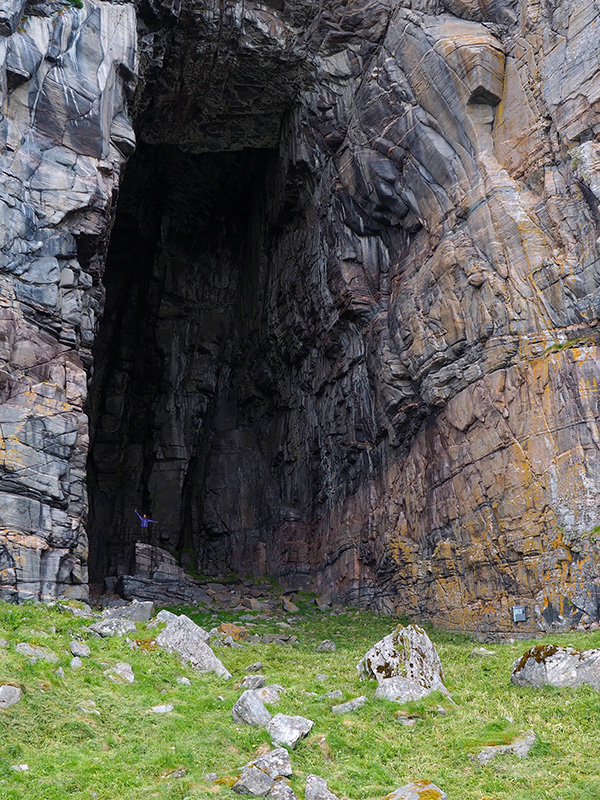With its 30-meter high beckoning mouth visible directly from the ocean and positioned at the very outermost skerries deep in the Norwegian Sea, Kirkhelleren exerts a gravitational pull. People have been drawn to this site in the Arctic Circle for as long as humans have roamed the post-glacial Norwegian coastline, both for economic and ritual reasons. Separated by a 45 km ocean stretch from the mainland, Sanna island is located at the land/ocean interface hosting one of the most productive cod spawning grounds globally. Partly excavated in 1937-9, rich stratigraphic deposits were uncovered, likely spanning the entire Holocene record and contained artefacts and ecofacts at unprecedented organic preservation within the context of northern European archaeology. The unrivalled preservation of organic remains in this cave may significantly broaden our knowledge of Holocene ecological change. Working together with Erlend Jørgensen, an archaeologist from NIKU, we use ancient DNA to learn more of the animal remains found in the cave.
